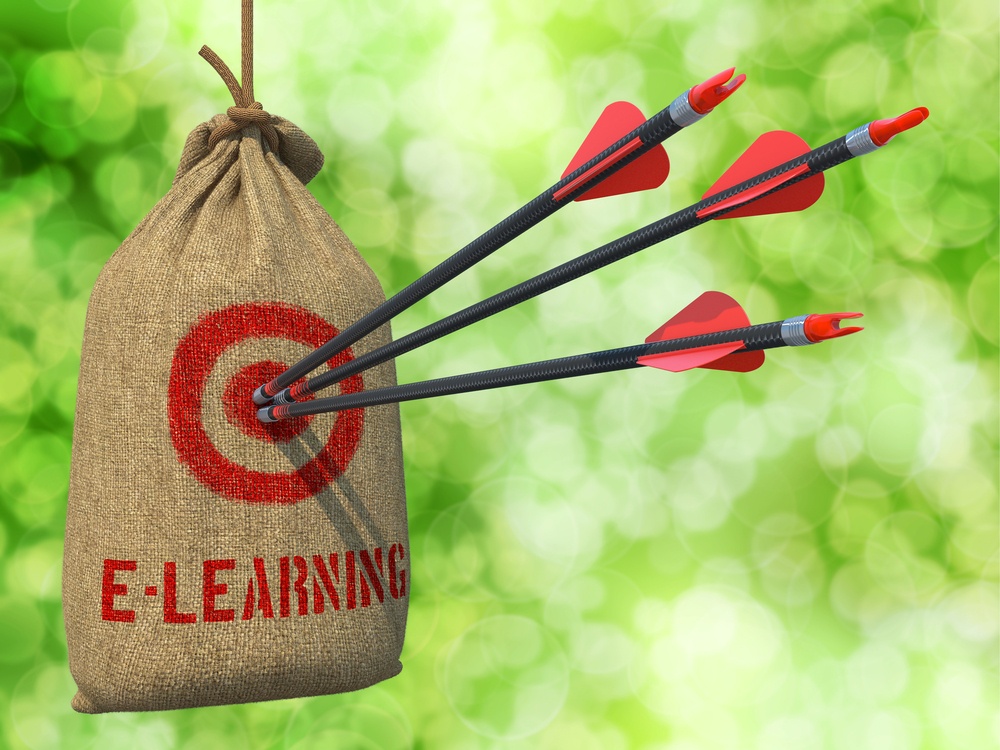How To Build Training Courses From Learning Objectives
We’ve all been there, a boring training with a lecture that never ends. When you walk out you can barely remember your name, let alone any of the information presented. What if we could put an end to boring, useless employee onboarding? The solution is simpler than you think.
A training course needs to be understood as two parts: The learning objective and the learner experience.
Learning Objectives
The learning objective is a quick summary of the end result of the training course and should always be present within the first few minutes of the training. Many training courses need multiple learning objectives, but they each need to answer 3 key questions.
- What should the learner know/do?
- What, if any, constraints or requirements does the learner have?
- What defines successfully completing the objective, and when should it be completed by?
While it’s a good start, having the answers to these questions don’t necessarily make your learning goals relevant. You can’t think about learning objectives in a one-and-done mindset. Creating learning objectives is a constant process of revision, relevance, and refinement. So how do we determine the right learning objective? Let’s ask ourselves a few more questions.
- Who is taking the training course?
- What is the end goal of the training course?
- How will the learners accomplish the learning objective?
Answering both sets of questions will give you a solid game plan which will keep your learning objectives relevant and related to the training. A well-crafted objective is only half of the equation, however - we also need to think about the learner’s experience.
Learner Experience
Learner experience is all about creating a training environment that is conducive to the educational process. To do this, we need to know our audience: Age, experience, likes, dislikes, personalities, etc. Think about it like this, you would train a teenager with no experience differently than you would a middle-aged person with several years under their belt. Once you know your audience, you need to consider several factors that help increase the learner’s experience and how they relate to your specific audience.
Give Me A Reason
People remember things better when they have a reason. When planning, ask yourself the question “What would make this learning more personal?”. Will the training give great experience, more money, or better job security? Right from the start, define the reasons that will help motivate your learners to make the most of their training experience.
What Doesn’t Kill Me Makes Me Stronger
We all learn through experiences, the good, the bad, and the ugly. Build upon those past, relevant experiences. This is also a good reason why people should care about the training, but it also helps them relate to the learning. When they can personalize the training and answer the question “How will this make me better”, the training goes from theoretical to practical.
Master Of My Own Destiny
One of the joys of being an adult lies in controlling your own life, deciding what to do and how to live. Once you have that control you don’t like to lose it. Allow your learners to maintain that control, and give them the respect to control their lives. This gives them a personal stake in the training. You can accomplish this by allowing your learners to decide how to learn, how to be evaluated, etc.
Problems?
People are driven to solve a problem, so give them one. Everyone likes a good puzzle, and, even more, people like to solve puzzles. Give your learners a problem-solution styled learning experience, rather than an overwhelming spew of information. This enhances learning and memory, while engaging those deeper thinking processes.
What’s That Got To Do With Me?
Would you bother to learn something that has absolutely nothing to do with you? Well, neither would I. Just like many of the other concepts, this is all about making the training personal and relevant and giving them a good reason to learn. Show them right from the start that this isn’t just about training, but about making them a more proficient, happier, better person.
Learning And The Learner Experience
A good training course boils down to respect. Respect your audience, respect the time they have given, respect their experience, respect them as individuals. To do this, remember to focus on both the objectives and the experience. A well-crafted objective can give learners a goal, but it can’t show them how to get there. A great experience gives the learners useful skills, but no reason to apply them. Truly exceptional training comes from merging relevant learning objectives with an engaging learner experience.








